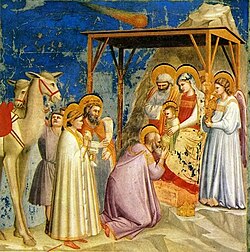Recognition

Olson’s book Drawn by New York won the 2008 Association of Art Museum Curator’s Award for Excellence: Outstanding Catalogue Based on a Permanent Collection. [18]
Olson's book Audubon’s Aviary won the 2013 Henry Allen Moe Prize for Catalogs of Distinction in the Arts of the New York State Historical Association. [19]
Olson’s book Audubon’s Aviary won the 2013 Association of Art Museum Curator’s Award for Excellence: Outstanding Catalogue Based on a Permanent Collection. [20]
Olson was awarded the Audubon Art Inspiring Conservation Award, John James Audubon Center at Mill Grove/Audubon Pennsylvania, 2017. [21]
Olson’s book Making It Modern won the 2017 Frick Center for the History of Collecting’s biennial book prize for a distinguished publication on the history of collecting in America (with Margaret Hofer). [22]
Olson received the 2020 Greater Hudson Heritage Network Award in Excellence, recognizing lifetime achievement as a curator, scholar, and advocate for New York art and history. [23]
Minor planet 471301 Robertajmolson is named for Olson, in recognition of her identification of the star in a painting of the Adoration of the Magi by Giotto (circa 1303) as the 1301 apparition of Halley's Comet. This became the basis for naming the Giotto space mission. [24]